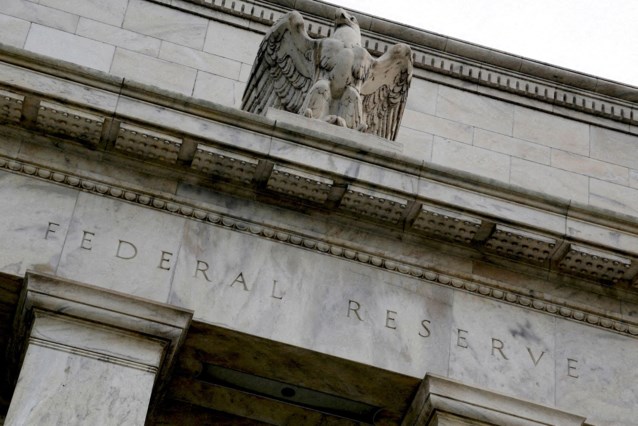The largest US banks are still resilient to a severe economic and financial crisis, according to the Federal Reserve. The central bank of the United States announced the results of its annual stress test on Wednesday. The losses that the lenders would suffer in the test this year were greater than last year, said Vice Chairman of Banking Supervision Michael Barr.
The stress test is the Federal Reserve’s way of assessing whether the United States’ largest banks retain sufficient capital after periods of major economic downturn. The results also determine the minimum buffers banks must maintain.
The crisis scenarios the Fed uses vary each year. This year, the regulator is looking at what the effect of a rise in unemployment of more than 6 percentage points would mean for the balance sheets of banks. The central bank is also investigating what the consequences would be for banks if commercial real estate prices fell by 40 percent. For banks with a large trading arm, the Fed is also investigating how a shock to the international financial markets would play out.
This year, 31 banks were tested. That is much more than last year, when there were 24 banks. This is because every two years banks with a balance sheet total between 100 billion and 250 billion dollars are also discussed.
Risks with credit cards
“While the severity of this year’s stress test is similar to last year’s, the test resulted in larger losses due to riskier balance sheets and higher costs,” Barr said, adding that all banks have ample capital.
The higher risks are mainly for customers with credit cards and business loans. In addition, higher costs mean less profit from commissions, for example, which, according to the Fed, makes it more difficult to compensate for losses.
An important indicator for banks, the CET1 capital ratio, was tested this year at 9.9 percent. That was 12.7 percent a year earlier. The minimum requirement is 4.5 percent.
The annual stress test was introduced in the aftermath of the major financial crisis that led to major concerns about the survival of banks between 2007 and 2009. By regularly checking whether the buffers were strong enough, the Fed wanted to restore confidence.

Podcasts sobre sexo y : Notes
Tingkatkan Permainan Anda: Taruhan Parlay Premier SBOBET88 – YOU LIKE IT
Sell Smart, Not Hard: Why Florida Residents Trust These Home Buyers
Spbo: Platform Taruhan Olahraga Yang Mengundang Untuk Dieksplorasi – banhmibaget
aureli acornett's Profile page
Maura Oleary | Zillow
jaimieshaver | Gravatar
ameliaowen 的個人檔案 – DCFever.com
User Profile
Tips Untuk Pemula Di Bandar Togel: Cara Memulai Bermain Dengan Aman – jxhng
Explore as praias paradisíacas de Arraial do Cabo
tierraboudreaux (tierraboudreaux) on AVA 360 Turkish | Türk Eğlence Topluluğu
erinjenkins | Tobii Developer Zone
Neighborhood Link – Profile for kellypatel
Aman Untuk Bermain Togel Dan Slot Online – Issue #1924 – Trendo
Sukabet365: Tujuan Anda untuk Aksi Slot Tinggi – Resourcing Micro Sites
Tingkatkan Taruhan dengan Revolusi Seluler SBOBET – Whimsy Writes
Clínica Dental Aravaca – Madrid
karaokefullsaloncom's Profile :: rpgmaker.net
Tinggikan Gairah, Rangkullah Sensasi: Gerbang SPBO – LETS START
Masuk dengan Mudah: Portal Judi Online Rajabandot Login – City of San Jose
Vendor Details | VendorLink
Bergabung dengan SBOBET dengan Mulus: Panduan Pendaftaran Taruhan Bola Online – churagirl
Certificate verification problem detected
lashawnwillis's Profile – wallhaven.cc
User Profile
404 Not Found
Lavern – Colegio San José Obrero |
Slot Gacor Maxwin: Mengungkap Dunia Rajabonanza88 – Wakelet
Коментарі читачів